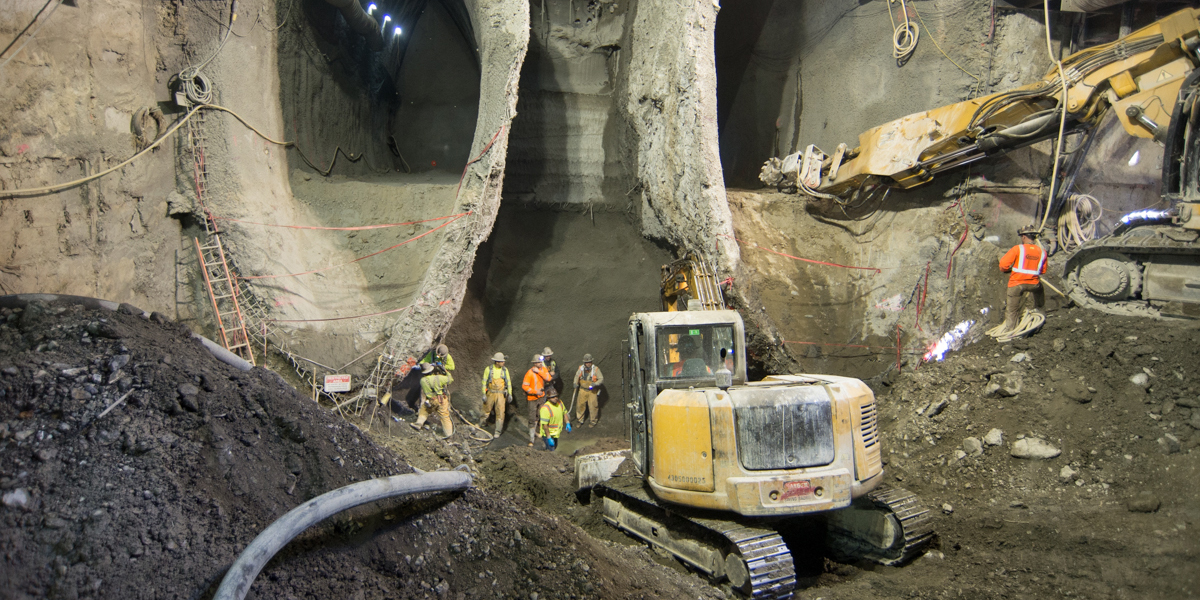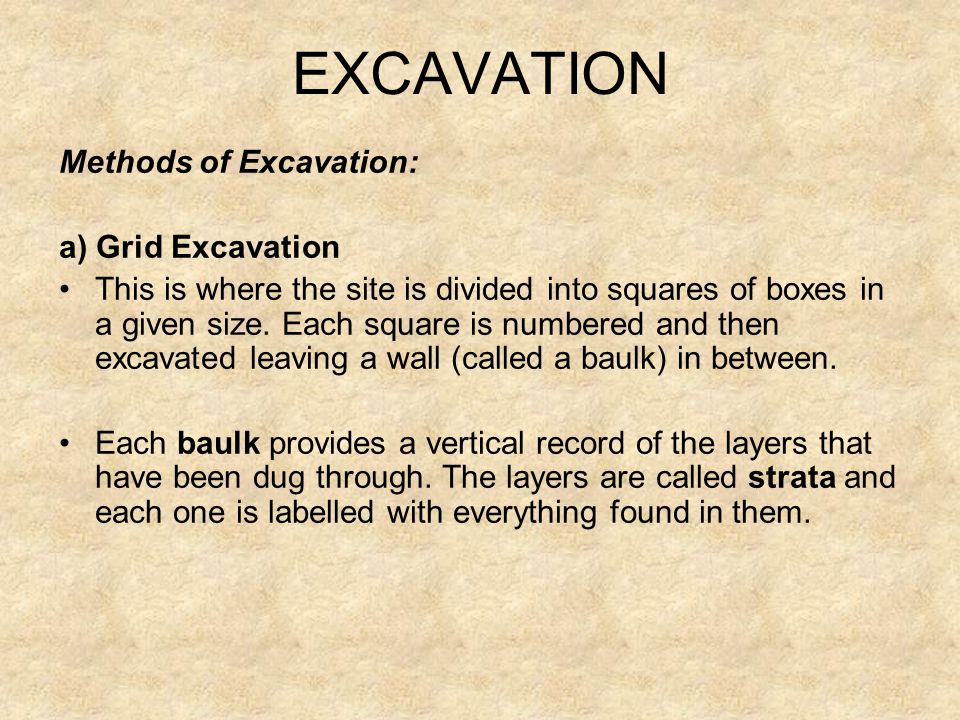Trencher Things To Know Before You Get This
Wiki Article
Little Known Questions About Demolition.
Table of ContentsThe Main Principles Of Excavating Contractors Excavation Companies for DummiesA Biased View of Excavation Contractors Near MeWhat Does Demolition Do?The Excavating Contractors Ideas


Scrapers or Pans excavate dirt in one area, haul and also dump the soil in one more area (demolition). It is tough to match the effectiveness of scrapers for cut/fill soil operation if the haul distance is less after that a mile. Scrapers are generally drawn by a rubber tire wheel tractor and are occasionally pressed via the cut area by an excavator.
There are lots of times that scrapes are not made use of for site grading and a dump vehicle is used: the haul might be to long, the haul may go across roads where scrapers are not permitted, acid rock may be experienced, tools accessibility, and so on. Discard trucks remain in usual usage and also possibly call for little conversation.
"Rock body" beds, on the other hand, have no tailgates as well as can dump any kind of dimension rock, although their quantity ability is diminished. Compaction Equipment increases the density of the dirt as well as in some situations supplies a smooth, rolled surface area.
The Buzz on Concrete Contractors
From a basic examination pit to percussion boring to core drilling the proprietor has significantly extra pricey alternatives that produce increasingly much better data regarding the site underground. The Owner on a 100,000 SF building job may license twenty uninteresting places with split spoon dirt samples taken till rock is reached and after that core examples of rock.Knowing the kind and also high quality of rock (from the core samples) as well as area of rock (from the soils boring) is a real benefit in jobsite planning. Conversely, the Owner of a 100,000 SF structure may choose to proceed with no geotechnical screening whatsoever. The choice about geotechnical testing is generally made by a Proprietor with no input from the Building and construction Supervisor.
An understanding of the approximate area of the rock assists the Building Manager to plan the series of steps following rock excavation. If rock is in one edge of a big structure job, for example, the planet excavation might begin at the opposite end of the building in order to begin foundation job soonest.
Starting the foundation job early would be a great idea if the rock might be gotten rid of by tearing. If the rock is exceptionally hard as well as calls for significant blasting, it might be prudent to hold structure job until the blasting is finished. The Building Manager must coordinate these sorts of decisions and also use all the technical brubacher excavating date offered.
Getting The Grading Contractors To Work
Unclassified excavation states that all rock or other unexpected products (omitting unsafe materials) encountered in the sitework will certainly be the responsibility of the Professional at no modification in contract expense. An unclassified excavation is easier from a book-keeping point ofview and positions the responsibility for geotechnical problems onto the Sitework Professional.It's incredible what a heavy rainfall can do to a construction project. Prior to the rain, the website may be completely dry, heavy tools efficiently moving planet, the other professions smoothly doing their work.
In many areas of the globe, the Building Manager should bear in mind an easy reality: IT WILL RAINFALL. Great preparation can decrease the damages as well as disruption of a hefty rainfall to a jobsite. Usually the excavation as well as grading is entrusted to the Sitework Service Provider (and also their Foremen is responsible to monitor and also route the hefty devices as well as drivers).
The Building Supervisor should be continuously conscious of what rainfall will do to the project site. It is not uncommon for the Sitework Supervisor to function their hefty tools for maximum performance as well as hope it doesn't rain. One of the very best means to get ready for rain is to incline all qualities to drain and also to smooth rolled the surface prior to a rain.
All About Excavator
The Building and construction Manager must be far-sighted enough to guarantee that heavy rain does not quit work on the project much longer than needed. Daily discussions with Sitework Foremen may be called for to accomplish this objective. Any type of time excavation is required listed below the existing water level on a task, learn the facts here now the process of dewatering should be thought about.In a really natural dirt, the water takes a trip so gradually via the clay or silt that dewatering is not generally needed for the reasonably short time of excavation. Dewatering might be required for a solitary ground excavation or for a whole task website. The most typical dewatering techniques are trench drains, deep wells and well factors.

Ground water seepage can also be lowered by cutoff techniques such as sheet piling. High dewatering expenses have actually faded the earnings margins on far also lots of projects.
This choice should constantly be taken into consideration when examining the possibility of dewatering. Undoubtedly the alternative is only practical if gravity can run the water to reduced ground. Trench drains pipes can be reduced with a backhoe and full of a rugged, granular product (# 4 stone as an example), but treatment must be worked out in selecting the water electrical outlet type and place.
Some Ideas on Excavator You Should Know
A siphon, necessarily, uses air pressure to lug water from one altitude, up over an obstacle, to a lower elevation. The pipes in a siphon system must be airtight and some resourcefulness is typically called for to totally fill the siphon pipeline. The siphon pipe should be full for the siphon to start.A deep well contains a pump, hose and a vertical well casing. The pump consumption is at the base of the well case (usually some smashed rock is put there as a filter medium) (mini excavator). The water is inflated the hose pipe, out of the well casing, and also to a suitable discharge area.
In a crude sand, for instance, a large location can be pumped to near the pump intake altitude. A much less absorptive soil, on the other hand, lowers the efficiency of a deep well. Given that the pump is normally at the bottom of the deep well, there are no height limitations due to vacuum lift, and deep wells can decrease the groundwater over 50 feet.
Under of great site the wellpoint there is a 2 foot long display as well as shutoff, water jets out of this valve and creates an opening right into which the wellpoint pipe can be reduced. This hole is frequently made a bigger size (for instance 10 inches) to permit a rugged sand backfill to aid filter the water (grading contractors).
Report this wiki page